3D printing is no longer just for hobbyists—it’s a core tool for engineers, product designers, and manufacturers who demand functional, end-use parts. But with that shift comes the need to print with more advanced materials like Nylon (PA) and Polycarbonate (PC). These filaments offer excellent strength, durability, and heat resistance, making them ideal for industrial applications.
However, there’s one major problem: moisture. Nylon and PC are highly hygroscopic, meaning they absorb water quickly from the air. Left unchecked, this moisture will ruin your prints, no matter how good your printer is.
This is exactly why the Bambu Lab AMS HT (High Temp Automatic Material System) was designed. It provides sealed, humidity-controlled storage and feeding, ensuring your engineering-grade filaments stay in perfect condition before and during printing.
In this blog, we’ll dive into:
-
Why Nylon and PC are so sensitive to moisture.
-
The science behind humidity’s impact on prints.
-
How the AMS HT solves these issues.
-
Real-world benefits for professionals.
-
Why serious makers and businesses can’t ignore humidity control.
🌫️ The Problem: Why Nylon and PC Absorb Moisture So Easily
PLA and PETG are forgiving filaments—they don’t care much about humidity. But Nylon and PC are different. Their chemical structure makes them polar molecules, which attract and bind water from the environment.
-
Nylon (PA): Can absorb up to 10% of its weight in water within 24 hours.
-
Polycarbonate (PC): Absorbs less than nylon but still enough to affect print quality after a day or two.
Now, consider most workshop or office environments: humidity levels can range from 40–60%. In that range, a spool of nylon left out in the open can become unusable in less than a day.
⚠️ What Happens When You Print Wet Filament
If you’ve ever tried printing nylon or PC that wasn’t dried properly, you’ve seen the issues firsthand:
-
Bubbling and hissing sounds in the nozzle.
-
Steam bubbles in the extruded filament, creating rough, inconsistent surfaces.
-
Weakened layer adhesion, resulting in brittle parts.
-
Dimensional inaccuracies, as moisture expansion causes shrinkage or warping.
-
Increased stringing and oozing, leading to messy prints.
For functional parts like gears, clips, brackets, or housings, this is unacceptable. A single flaw can mean a part that cracks under load or doesn’t fit properly.
🔒 The AMS HT Solution: Sealed, Smart, and Reliable
The AMS HT was created specifically to address these challenges for professional users. Here’s how it works:
1. Sealed Storage
The AMS HT creates a barrier against ambient air, ensuring that your filament isn’t constantly exposed to humidity.
2. Active Humidity Control
It doesn’t just seal—it regulates. By maintaining consistently low humidity inside the chamber, it prevents moisture uptake even over days or weeks of storage.
3. Continuous Protection During Printing
Unlike drying boxes (which only prep spools before printing), the AMS HT keeps filaments dry throughout the print job. Long nylon or PC prints lasting 20+ hours will maintain consistent material quality from start to finish.
4. Optimized Filament Feeding
The AMS HT is designed to handle stiffer, tougher filaments like carbon-fiber nylon, ensuring smooth and reliable feeding without tangles or grinding.
📊 AMS HT vs. AMS 2 Pro
It’s important to note that the AMS HT is not the same as the AMS 2 Pro. While the AMS 2 Pro is excellent for multi-material or color printing with PLA, PETG, and TPU, it doesn’t offer the same level of protection for high-temp filaments.
| Feature | AMS HT | AMS 2 Pro |
|---|---|---|
| Target Filaments | Nylon, PC, ABS, ASA, PA-CF, PC-CF | PLA, PETG, TPU, Support filaments |
| Humidity Control | Advanced, active regulation | Basic moisture protection |
| Designed For | High-temp, moisture-sensitive filaments | Multi-color, creative printing |
| Best Printer Pairing | Bambu Lab H2D | P1S, X1 Carbon |
If you’re a professional printing high-temp materials, the AMS HT is the clear choice.
🏭 Real-World Benefits for Professionals
By pairing the H2D printer with the AMS HT, professionals can unlock consistent, industrial-grade results:
-
Automotive Applications – PC housings and ABS clips that withstand heat and stress.
-
Mechanical Components – Nylon gears and hinges that are tough and reliable.
-
Industrial Tooling – CF-nylon jigs and fixtures that resist wear and tear.
-
Consumer Products – Transparent PC covers or durable ABS prototypes.
Instead of fighting constant print failures, users get reliable results with minimal intervention.
✅ Why Humidity Control Isn’t Optional
Some makers assume they can get by with makeshift solutions like silica packs or one-time filament dryers. While these help temporarily, they don’t solve the real problem: filaments reabsorbing moisture during storage or printing.
The AMS HT ensures continuous protection, removing guesswork and wasted time. For businesses or serious makers, this translates to:
-
Less filament waste (especially important with expensive materials like PC-CF or PA-CF).
-
Fewer failed prints, saving both time and money.
-
Consistent part quality, crucial for prototypes or end-use parts.
-
Confidence in long, unattended print jobs.
🏆 Final Thoughts
If you’re printing simple models in PLA, you don’t need the AMS HT. But if your workflow involves Nylon, PC, ABS, or composites, humidity control is non-negotiable.
The AMS HT + H2D bundle gives professionals a complete, reliable ecosystem for high-performance 3D printing. It’s not just about storage—it’s about ensuring your prints are as strong, precise, and durable as the materials are designed to be.
👉 Explore the products:
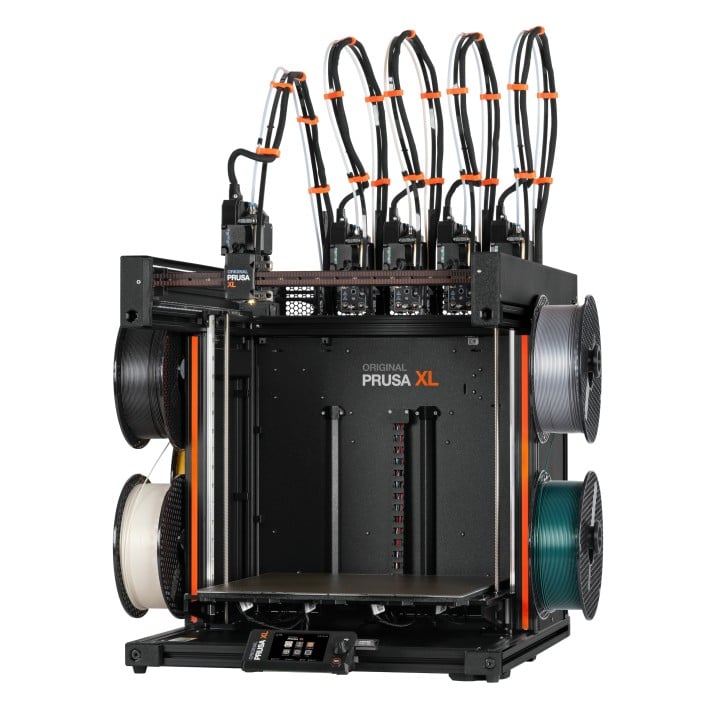
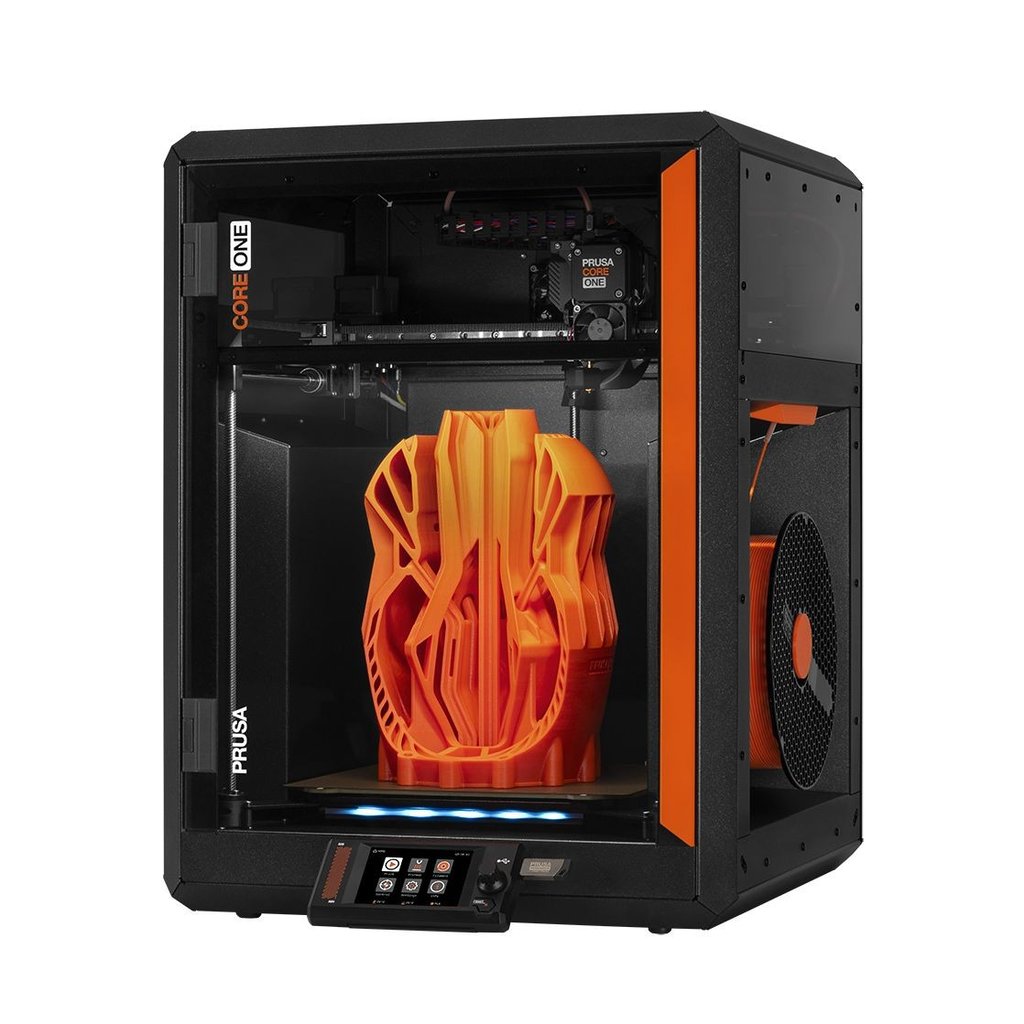

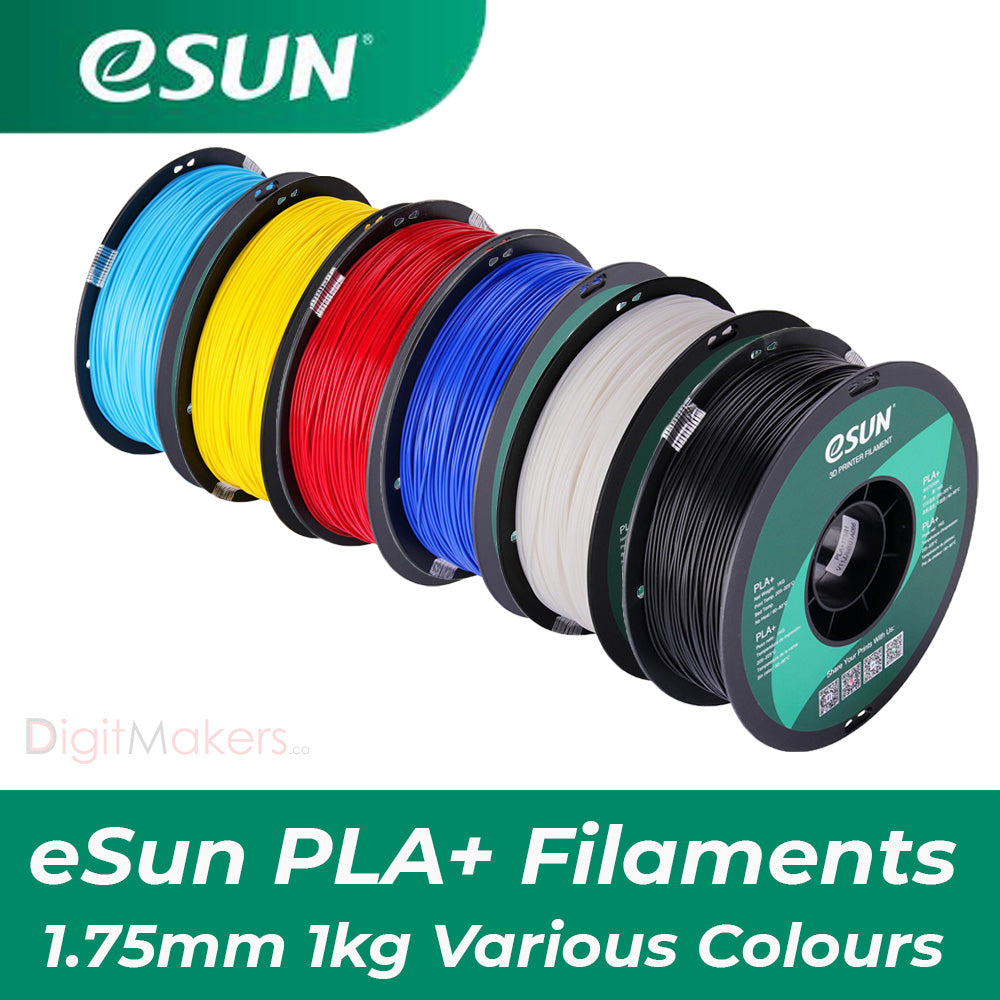
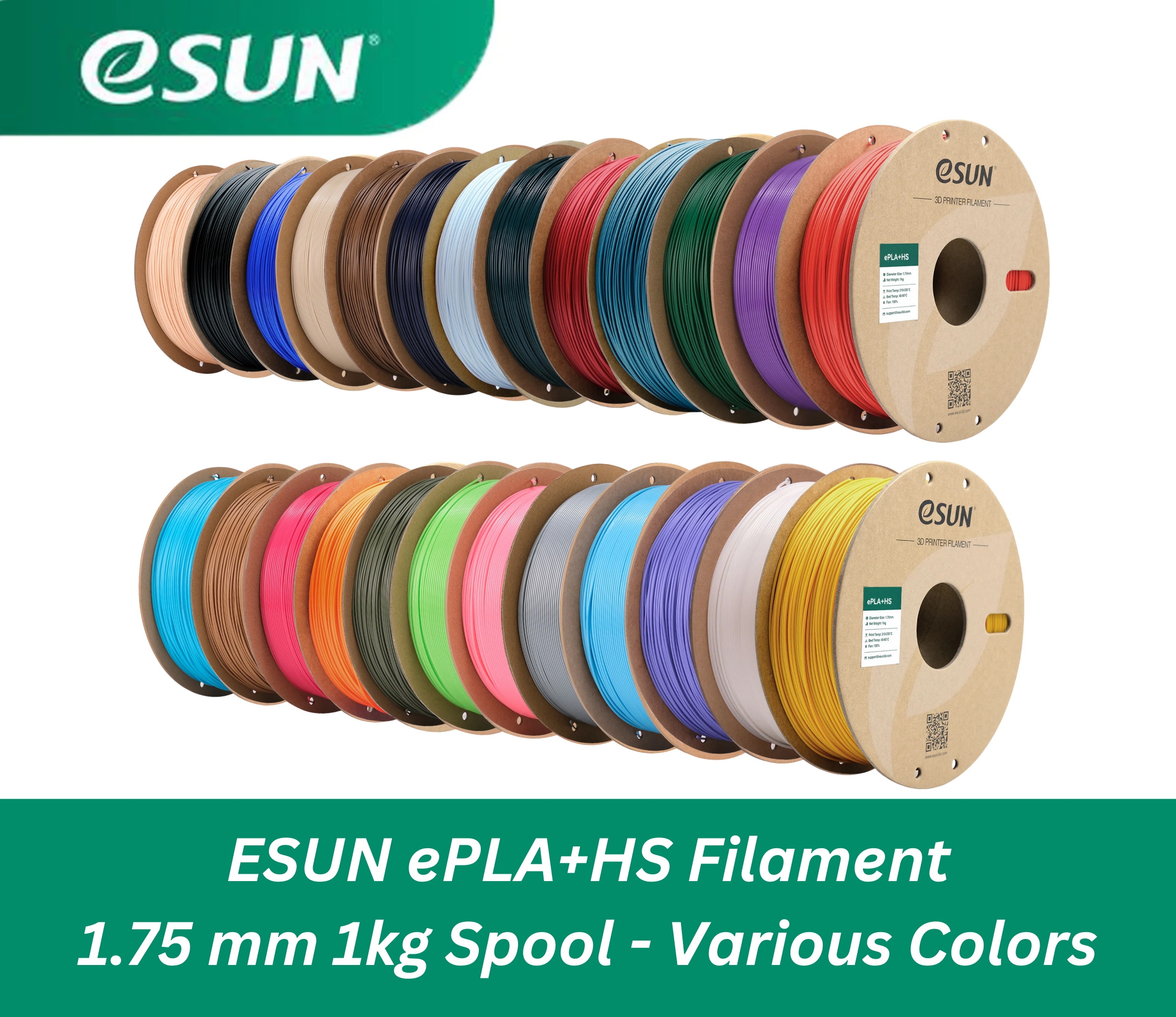
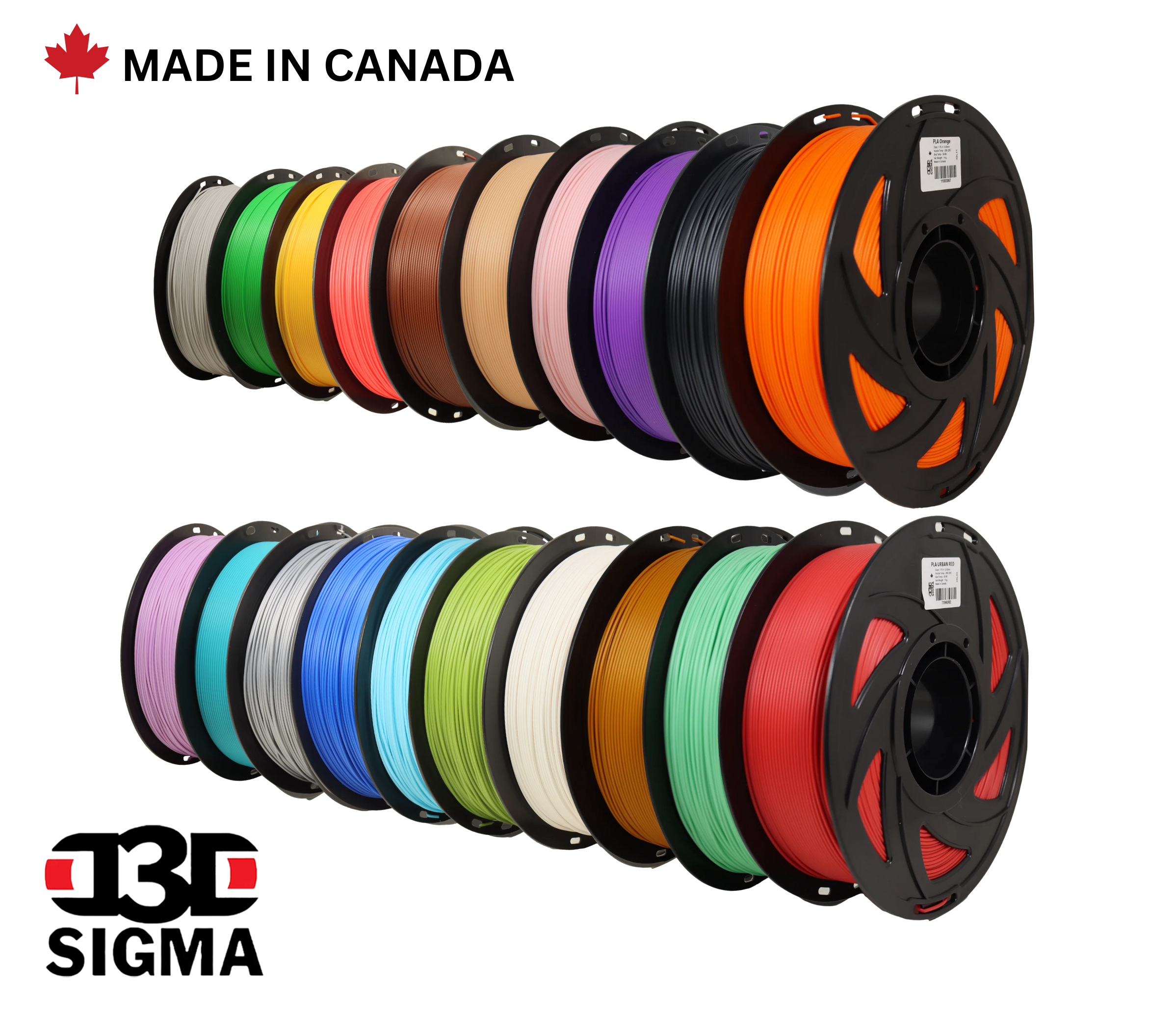
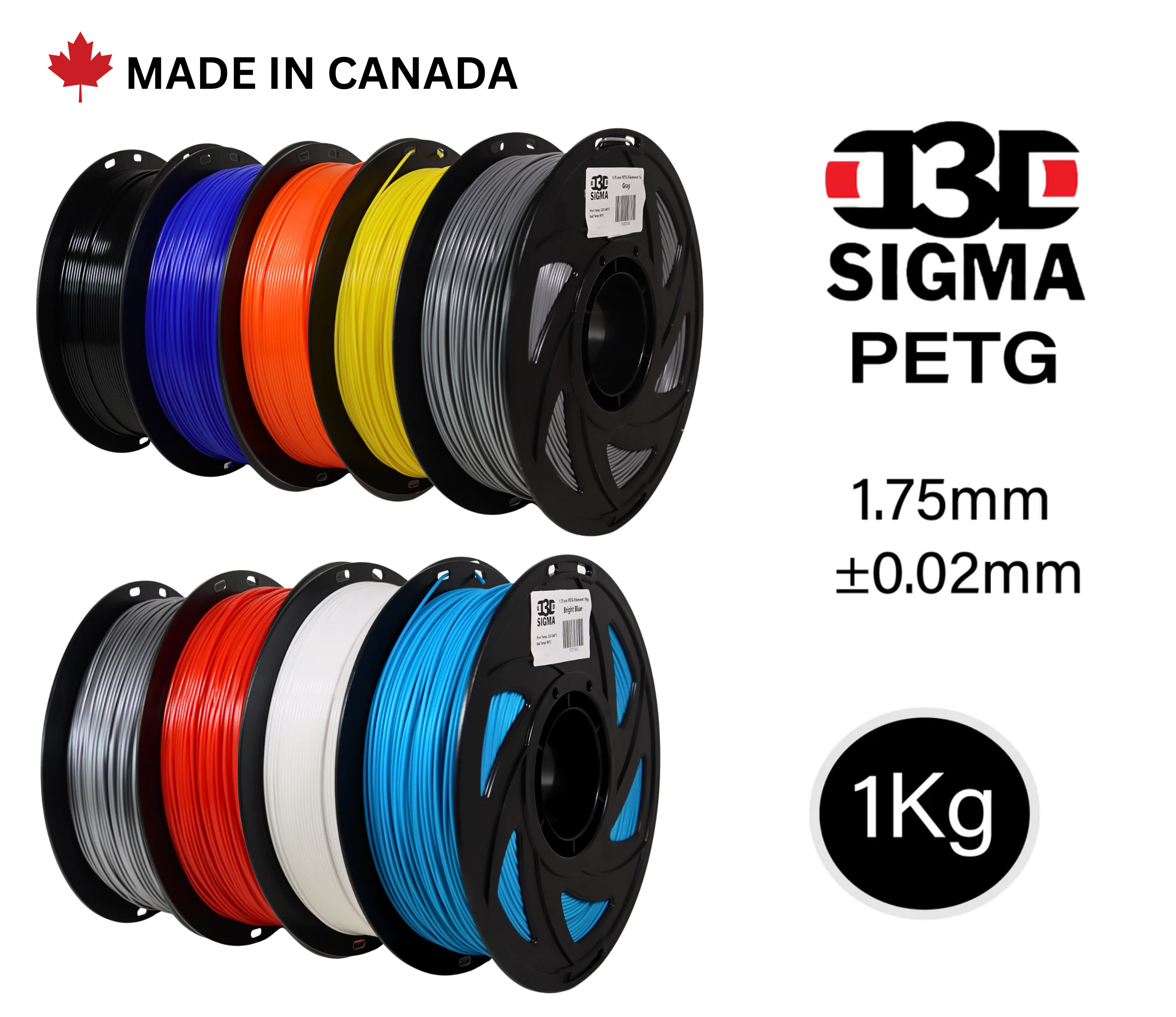




































































4 comments
شركات نقل العفش بمكة
https://www.merexpression.com/elsakr
https://www.merexpression.com/read-blog/31739
https://webyourself.eu/elsakrjeddah
https://webyourself.eu/blogs/31059/%D8%A7%D9%81%D8%B6%D9%84-%D8%B4%D8%B1%D9%83%D8%A9-%D9%86%D9%82%D9%84-%D8%A7%D8%AB%D8%A7%D8%AB-%D9%81%D9%8A-%D8%AC%D8%AF%D8%A9
https://devpost.com/elsakrjeddah
https://knowyourmeme.com/users/jumperads
https://ataralmadinah662300791.wordpress.com/2022/08/21/%d9%86%d9%82%d9%84-%d8%b9%d9%81%d8%b4-%d8%a8%d8%ac%d8%af%d8%a9-2/
https://atar-almadinah.over-blog.com/2022/08/sharikat-naql-eafsh-abhir-alshamalia.html
https://atar-almadinah.over-blog.com/2022/08/naql-eafsh-dakhil-jida.html
https://ataralmadinah662300791.wordpress.com/2022/08/22/%d8%b4%d8%b1%d9%83%d8%a9-%d9%86%d9%82%d9%84-%d8%b9%d9%81%d8%b4-%d8%a7%d8%a8%d8%ad%d8%b1-%d8%a7%d9%84%d8%b4%d9%85%d8%a7%d9%84%d9%8a%d8%a9/
https://jumperads.shutterfly.com/22
http://610b31f1e425e.site123.me/about
https://myworldgo.com/blog/40386/-
https://kaalama.org/read-blog/161044
https://kaalama.org/read-blog/161045
https://myworldgo.com/blog/40387/-
https://projects.umwhistory.org/cwh/myomeka/posters/show/38417
https://projects.umwhistory.org/cwh/myomeka/posters/show/38418
https://projects.umwhistory.org/cwh/myomeka/posters/show/38419
https://projects.umwhistory.org/cwh/myomeka/posters/show/38420
https://www.soft-clouds.com/blogs/1047/%D8%A7%D9%81%D8%B6%D9%84-%D8%B4%D8%B1%D9%83%D8%A9-%D9%86%D9%82%D9%84-%D8%B9%D9%81%D8%B4-%D8%A8%D8%AC%D8%AF%D8%A9
https://moodle.cce.cornell.edu/tag/index.php?tag=%D8%B4%D8%B1%D9%83%D8%A9%20%D9%86%D9%82%D9%84%20%D8%B9%D9%81%D8%B4%20%D8%A8%D8%AC%D8%AF%D8%A9
https://moodle.cce.cornell.edu/tag/index.php?id=3259
https://ataralmadinah.shutterfly.com/pictures#n_5
https://projects.umwhistory.org/cwh/myomeka/posters/show/38482
https://www.soft-clouds.com/blogs/1194/%D8%B4%D9%81%D8%B7-%D8%A8%D9%8A%D8%A7%D8%B1%D8%A9-%D8%A8%D8%AC%D8%AF%D8%A9
https://projects.umwhistory.org/cwh/myomeka/posters/show/38484
https://www.soft-clouds.com/blogs/1195/%D8%B4%D8%B1%D9%83%D8%A9-%D9%86%D9%82%D9%84-%D8%B9%D9%81%D8%B4-%D8%A7%D8%A8%D8%AD%D8%B1-%D8%A7%D9%84%D8%B4%D9%85%D8%A7%D9%84%D9%8A%D8%A9
https://kaalama.org/read-blog/162006
https://kaalama.org/read-blog/162008
https://ataralmadinah.shutterfly.com/pictures#n_5
https://uberant.com/users/ataralmadinah/
https://uberant.com/article/1860769-moving-furniture-in-jeddah/
https://www.ulule.com/elsakrjeddah/#/projects/followed
http://www.quan6.hochiminhcity.gov.vn/thutuchanhchinh/layouts/mobile/dispform.aspx?List=238a972d%2D3d44%2D45fd%2Dac5e%2D9e73bc02b75b&View=5de55f99%2D23ee%2D4fbd%2D9136%2D4fc3c67269b4&ID=4293
http://www.quan6.hochiminhcity.gov.vn/thutuchanhchinh/_layouts/mobile/dispform.aspx?List=238a972d%2D3d44%2D45fd%2Dac5e%2D9e73bc02b75b&View=5de55f99%2D23ee%2D4fbd%2D9136%2D4fc3c67269b4&ID=4295
http://www.quan6.hochiminhcity.gov.vn/thutuchanhchinh/layouts/mobile/dispform.aspx?List=238a972d%2D3d44%2D45fd%2Dac5e%2D9e73bc02b75b&View=5de55f99%2D23ee%2D4fbd%2D9136%2D4fc3c67269b4&ID=4294
https://onlylocal.com.au/listing/%d8%b4%d8%b1%d9%83%d8%a9-%d9%86%d9%82%d9%84-%d8%b9%d9%81%d8%b4-%d9%88%d8%a7%d8%ab%d8%a7%d8%ab-%d8%a8%d8%ac%d8%af%d8%a9/
https://emcmee.blogspot.com/2022/08/transfer-furniture-jeddah.html
https://www.behance.net/ataralmadinah
https://shapshare.com/read-blog/176946
https://shapshare.com/read-blog/176955
https://telegra.ph/%D8%B4%D8%B1%D9%83%D8%A9-%D9%86%D9%82%D9%84-%D8%B9%D9%81%D8%B4-%D8%A8%D8%AC%D8%AF%D8%A9-08-31
https://ataralmadinah1.gumroad.com/p/atar-almadinah-best-site-transfer-furniture-jeddah-movers
https://groups.google.com/g/atar-almadinah-movers-jedah/c/lUp4E1DOQmw
https://groups.google.com/g/atar-almadinah-movers-jedah/c/RUKhB6rV8J4
https://atar-almadinah.seesaa.net/article/491147451.html?1661998619
https://atar-almadinah.seesaa.net/article/491147633.html?1661999400
https://1atar-almadinah.simplesite.com/
https://ko-fi.com/ataralmadinah
https://hackmd.io/LfF2ixQ_STiyVQrWSi9Bew
https://hackmd.io/zG4PL9Z7T9qjLKOzYO2zxw
https://corosocial.com/read-blog/151896
https://corosocial.com/read-blog/151902
https://emcmee.blogspot.com/2022/08/transfer-furniture-jeddah.html
https://www.khedmeh.com/wall/blogs/post/12991
https://www.khedmeh.com/wall/blogs/12905
https://www.b-webdesign.org/dir-wowonder/read-blog/95246
https://www.b-webdesign.org/dir-wowonder/read-blog/95225
https://joyrulez.com/blogs/168166/%D8%B4%D8%B1%D9%83%D8%A7%D8%AA-%D9%86%D9%82%D9%84-%D8%A7%D9%84%D8%B9%D9%81%D8%B4-%D8%A8%D8%AC%D8%AF%D8%A9
https://joyrulez.com/blogs/168162/%D8%B4%D8%B1%D9%83%D8%A7%D8%AA-%D9%84%D9%86%D9%82%D9%84-%D8%A7%D9%84%D8%B9%D9%81%D8%B4-%D9%81%D9%8A-%D8%AC%D8%AF%D8%A9
https://demo.sngine.com/blogs/102320/%D9%86%D9%82%D9%84-%D8%B9%D9%81%D8%B4-%D8%A8%D8%AC%D8%AF%D8%A9
https://demo.sngine.com/blogs/101980/%D8%A7%D9%81%D8%B6%D9%84-%D8%B4%D8%B1%D9%83%D8%A9-%D9%86%D9%82%D9%84-%D8%B9%D9%81%D8%B4-%D8%A8%D8%AC%D8%AF%D8%A9-emc-mee-com-transfer-furniture
https://emc-mee.page.tl/%26%231575%3B%26%231585%3B%26%231602%3B%26%231575%3B%26%231605%3B-%26%231588%3B%26%231585%3B%26%231603%3B%26%231575%3B%26%231578%3B-%26%231606%3B%26%231602%3B%26%231604%3B-%26%231593%3B%26%231601%3B%26%231588%3B-%26%231576%3B%26%231580%3B%26%231583%3B%26%231577%3B.htm
https://ataralmadinah662300791.wordpress.com/2022/09/05/%d8%b4%d8%b1%d9%83%d8%a9-%d9%86%d9%82%d9%84-%d8%b9%d9%81%d8%b4-%d9%85%d9%86-%d8%ac%d8%af%d8%a9-%d8%a7%d9%84%d9%89-%d8%aa%d8%a8%d9%88%d9%83-%d9%85%d8%b9-%d8%a7%d9%84%d8%aa%d8%ba%d9%84%d9%8a%d9%81/
https://atar-almadinah.over-blog.com/2022/09/transfer-furniture-jeddah-tabuk.html
https://eslamiatview.blogspot.com/2022/09/transfer-furniture-.html
https://is.gd/bJ2Dmy
https://is.gd/ypnMEL
https://is.gd/BLejy1
https://is.gd/nHp6N4
https://is.gd/BtLzld
https://is.gd/zxECuM
https://is.gd/i4mxfM
https://is.gd/DsIPbe
https://cutt.ly/tCzFRi0
https://cutt.ly/ECzF3dA
https://cutt.ly/oCzGwW6
https://is.gd/GfoG2V
https://is.gd/mX0WTb
https://cutt.ly/ACzGRPF
https://is.gd/SLAkcT
https://cutt.ly/TCzGPlc
https://rb.gy/doq4qv
https://rb.gy/f6lina
https://rb.gy/lfqg9r
https://rb.gy/nrko3x
https://rb.gy/xhuggi
https://rb.gy/lbp0ea
https://rb.gy/wsgbj0
https://rb.gy/eumloo
https://rb.gy/foooha
https://rb.gy/po1lxc
شركة تنظيف فلل بالقطيف
شركة مكافحة حشرات بالقطيف وكذلك شركة كشف تسربات المياه بالقطيف وتنظيف خزانات وتنظيف الموكيت والسجاد والكنب والشقق والمنازل بالقطيف وتنظيف الخزانات بالقطيف وتنظيف المساجد بالقطيف شركة تنظيف بالقطيف تنظيف المسابح بالقطيف
https://jumperads.com/qatif/anti-insects-company-qatif.html شركة مكافحة حشرات بالقطيف
https://jumperads.com/qatif/water-leaks-detection-company-qatif.html شركة كشف تسربات بالقطيف
https://jumperads.com/qatif/qatif-company-surfaces.html شركة عزل اسطح بالقطيف
https://jumperads.com/qatif/qatif-company-sewage.html شركة تسليك مجاري بالقطيف
https://jumperads.com/qatif/qatif-cleaning-company-sofa.html شركة تنظيف كنب بالقطيف
https://jumperads.com/qatif/qatif-cleaning-company-mosques.html شركة تنظيف مساجد بالقطيف
https://jumperads.com/qatif/qatif-cleaning-company-Carpet.html شركة تنظيف سجاد بالقطيف
https://jumperads.com/qatif/qatif-cleaning-company-tanks.html شركة تنظيف خزانات بالقطيف
https://jumperads.com/qatif/qatif-cleaning-company-swimming-bath.html شركة تنظيف وصيانة مسابح بالقطيف
https://jumperads.com/qatif/qatif-cleaning-company-Furniture.html شركة تنظيف الاثاث بالقطيف
https://jumperads.com/qatif/qatif-cleaning-company-home.html شركة تنظيف شقق بالقطيف
https://jumperads.com/qatif/qatif-cleaning-company-Carpets.html شركة تنظيف موكيت بالقطيف
https://jumperads.com/qatif/qatif-cleaning-company.html شركة تنظيف مجالس بالقطيف
https://jumperads.com/qatif/qatif-cleaning-company-house.html شركة تنظيف منازل بالقطيف
https://jumperads.com/qatif/qatif-cleaning-company-curtains.html شركة تنظيف ستائر بالقطيف
https://jumperads.com/qatif/qatif-cleaning-company-Villas.html شركة تنظيف فلل بالقطيف
https://jumperads.com/qatif/qatif-company-tile.html شركة جلي بلاط بالقطيف
أفضل شركات نقل اثاث بمكة
https://disqus.com/by/disqus_HFolYHnmNp/about/
https://myspace.com/mecca4
https://www.magcloud.com/account
https://sketchfab.com/Mecca4
https://www.hackerearth.com/mzza324/ https://www.gta5-mods.com/users/companies1111 https://triberr.com/Mecca4 https://www.custommagnums.com/members/mecca.172154/ https://audiomack.com/mecca-119 https://pastebin.com/u/Mecca112 https://profiles.delphiforums.com/n/pfx/profile.aspx?nav=profile&webtag=dfpprofile000&userId=1891257551 https://app.giveffect.com/users/1608514-mecca https://www.divephotoguide.com/user/Mecca4 https://letterboxd.com/companies1111/ https://www.mightycause.com/profile/bduhbf https://www.ted.com/profiles/49546578 https://lichess.org/account/profile https://www.indiegogo.com/individuals/38619585 https://talk.plesk.com/members/mecca.428242/#about https://hashnode.com/Mecca4
https://www.mobafire.com/profile/mecca-1199210?profilepage
https://myanimelist.net/profile/Yanbu
https://www.designspiration.com/mzza324/saves/
https://spinninrecords.com/profile
https://www.instructables.com/member/Mecca4/?cb=1751001772974
https://mastodon.social/@Mecca4
https://scioly.org/forums/memberlist.php?mode=viewprofile&u=158754
https://qiita.com/Mecca
https://www.ezistreet.com/profile/mecca/about
أفضل شركات نقل اثاث بجازان
https://disqus.com/by/disqus_GmcB86LNgD/about/
https://www.divephotoguide.com/user/moverjazan
https://myspace.com/moverjazan
https://letterboxd.com/Jazan11/
https://www.indiegogo.com/individuals/38578323
https://www.thelaw.com/members/moverjazan.140484/#about
https://www.mightycause.com/profile/mjjkpf
https://www.diggerslist.com/681c78577f796/about
https://www.ted.com/profiles/49414551
https://lichess.org//moverjazan https://talk.plesk.com/members/jazan.419328/#about https://hashnode.com/moverjazan
https://lichess.org//moverjazan11 https://www.mobafire.com/profile/jazan-1194465?profilepage https://myanimelist.net/profile/Jazan11 https://www.noteflight.com/profile/1ed48c96bbdfffb7417c2746356dee1d40d657cb https://www.designspiration.com/leyan1362023/saves/ https://spinninrecords.com/profile https://scioly.org/forums/memberlist.php?mode=viewprofile&u=157717 https://www.instructables.com/member/moverjazan/?cb=1747239321506 https://qiita.com/Jazan111 https://www.wonderhowto.com/settings/profile/ https://speakerdeck.com/asasdchchd https://mastodon.social/Jazan
https://www.producthunt.com/companies https://www.scca.com/users/8700402/videos https://www.openstreetmap.org/user/Jazan ezistreet.com/profile/jazan/about/preferences/ https://therabbitroom.kindful.com/dashboard https://www.divephotoguide.com/user/moverjazan11222 https://www.magcloud.com/account https://www.hackerearth.com/leyan1362023/
https://www.gta5-mods.com/users/companies
https://triberr.com/moverjazan
https://www.custommagnums.com/members/jazan.172153/
https://audiomack.com/jazan
https://pastebin.com/u/Jazan11
http://profiles.delphiforums.com/n/pfx/profile.aspx?webtag=dfpprofile000&userId=1891257552
https://app.giveffect.com/users/1608512-jazan